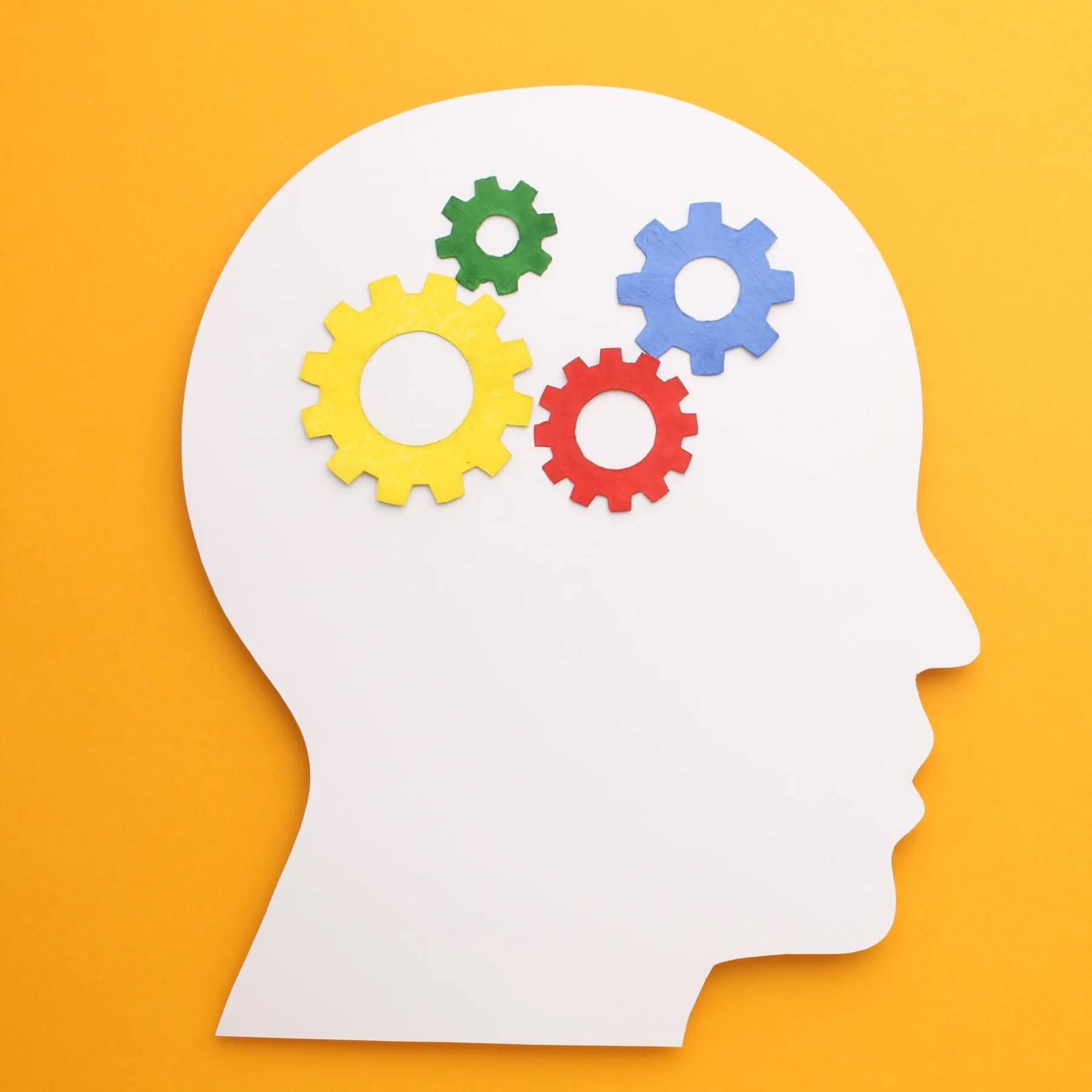Business Model Canvas is a business model template that allows you to analyze the activities of an enterprise in just a few steps. What exactly is this tool and how can it be used in the UX design process?
Business Model Canvas — what is it?
Business Model Canvas, or business model template, is a tool that allows defining, designing and creating illustrations of business visions. This solution can work in any company, regardless of its size and type of industry. It is used by both large corporations and start-ups.
A business model template gives you the ability to describe key elements for the organization's activities in one place, on just one sheet of paper. This is condensed knowledge, which is much easier to get acquainted with quickly, compared to a long and complicated business plan. Companies are resorting to this solution, among other things, because stands out for its transparency.
Business Model Canvas created Alexander Osterwalder — entrepreneur from Switzerland. He decided to analyze the activities of companies from many industries, which allowed him to identify the nine most important elements of the functioning of any business. These areas are customers, offer, infrastructure and financial position.
What does a business model template look like? Most often it is formed on a regular sheet of paper, divided into nine fields. Each of them constitutes a single element, designated by the author of the BMC. By filling in the fields, you get an illustration of the principles that build your company.
Business model template — what does it look like?
Business Model Canvas to nine fields containing the most important information in relation to business activities. You need to fill them in turn, from right to left. This approach allows you to focus on issues related to customers and revenue generation, and later — on the back office of the company. During the analysis, you can use auxiliary questions that simplify the development of the optimal model. A good practice is printing a template on paper and start a discussion with colleagues — the so-called. brainstorming.
Customer segments
Businesses without customers do not exist — they will not survive if their products do not find an audience. First of all, it is necessary to determine, What group of people is the targetto which the company wants to provide its services.
For this, it is necessary to carry out customer segmentation, which will allow to know their needs. It is good to know how the most common characteristics of the target groups, such as gender, age, place of residence. It is worth defining one or more segments, which will allow to obtain detailed information.
If the needs of a given group are specified and require a different offer — it is worth creating it by separating another segment. This is a simple way to create a source of income. In turn, another segment is collectivities in the area of profitability structure, as well as groups that are reached through different distribution channels.
Value proposition
Another point to be clarified is the value that the products and services offered bring. A value proposition is a set of characteristics that are intended to convince the customer to choose your company's product, not the competition. They should to meet their needs and solve the problems of the consumer.
Values can be benefits such as instant delivery of the product to your home, as well as the experience of using the platform. They are often related to the quality or price that can attract customers the most. In the case of quality, price does not seem to play such a role. This is where it matters more workmanship, attention to detail, exclusivity. The value valued by consumers can also be the brand itself, which often testifies to the property status.
Among the group of customers, we can also distinguish those who They are looking for newsin the technological world, for example. These products meet ever new needs, even those that customers did not know existed. Also important is the design of the product, on which buyers are placing more and more emphasis.
Communication channels
At this point it is necessary to determine channels used to deliver data to recipients. They affect the relationship with specific customer segments. They are supposed to raise awareness about products and help the audience to form an opinion about the offer. Their task is Enabling purchases as well as after-sales support. These channels can be direct (e.g. online store) or indirect (partner stores).
Customer relations
This element determines Customer experience with the company, his satisfaction and the company's goals. Customer relationships should be consistent with all components of the business model. Entrepreneurs can opt for direct and automated relationships. The direct ones are handled by the consultant, but automated — e.g. by chatbots.
Revenue Streams
The fifth step is to determine the payment method and the price that consumers will pay for the services offered. At this moment list the value of the funds that the company generates in each segment. Remember that pricing mechanisms in different revenue streams differ from each other.
Key Resources
At this stage, it is necessary to determine resources needed to create a product or service, customer interest and revenue generation. The most important are physical resources (such as machines, equipment, cars), financial, intellectual (e.g. copyright) and human resources.
Key actions
It's time to appoint resources that are needed to generate revenue and establish relationships with consumers. In some companies it will be production, in others — running the platform, helping the customer or running Internet services.
Key Partners
This is the moment of distinction of contractors, employees, suppliers and all those who make it possible to do business. Perhaps there are some benefits to working with other companies, which results in access to certain resources or minimizing the costs that the company generates.
Cost structure
Costs can be determined after analyzing the company's activities, resources and partners. The cost structure can be centered around costs or values. Companies that have chosen a business model with a cost structure based on costs will reduce them. In the second case, they focus on providing consumers with high quality products.
Business Model Canvas — advantages
Why use Business Model Canvas? Because the tool is is distinguished by a number of advantages:
- allows you to focus on the needs of customers, to match them with an offer that will meet their expectations,
- the most important data about the company are in one place,
- all fields can be modified quickly and easily, allowing you to check different solutions,
- is a concise and transparent source of data for stakeholders
- you can quickly locate weaknesses in the model and modify them
- the most important elements of the business model are defined, therefore they allow you to avoid mistakes,
- the whole business model template is a great help in decision making and management of individual processes.
Business Model Canvas is just a blueprint — you need to configure it to help you get the most out of it. Do not rely only on strictly defined rules. Remember to Adapt to changes in the market. Only then will the Business Model Canvas be effective.
BMC is the introduction to finding the full vision of the company. However, if the individual elements form a coherent whole — the idea has a chance of profitable success. Business Model Canvas allows you to check whether you have thought through the topic well.
Want to learn more about using BMC in the design process? You are interested in what it consists of UX design? If so — contact us! We will help you spread your wings.












